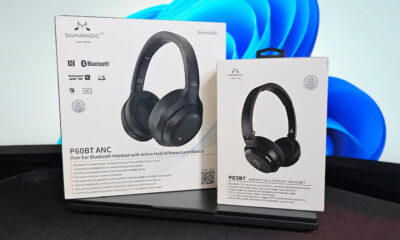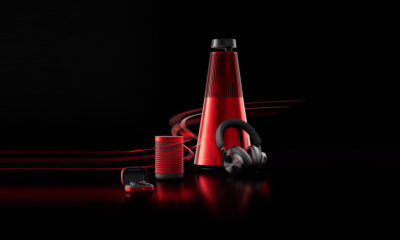Product Reviews
Tribit FlyBuds C1 Earbuds Review: The Ultimate Bang For Your Buck
In our in-depth review of the Tribit FlyBuds C1, we explain how the pair of TWS earbuds challenge the value-for-money proposition of Apple’s AirPods.
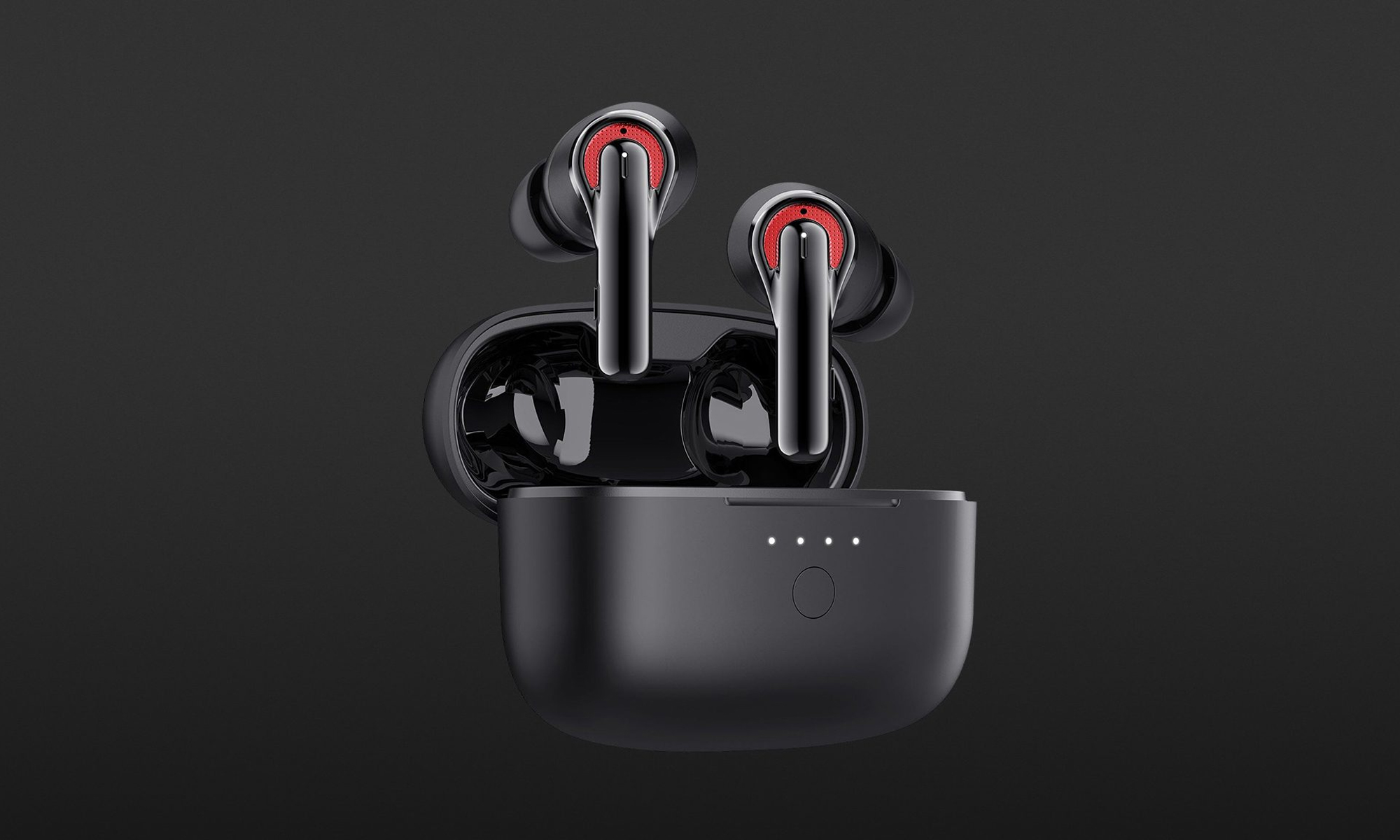
The world isn’t running short on True Wireless Stereo (TWS) earbuds inspired by Apple’s AirPods; they’re everywhere you look. Yet, few can genuinely claim to offer greater value for your hard-earned cash. The Tribit FlyBuds C1 are an exception to this.
So what sets them apart from the rest? Is it their remarkable audio quality, powered by Qualcomm’s QCC3040 Bluetooth audio chipset? Or perhaps their insane battery life that promises to keep your tunes playing longer than any other earbuds in its class? Read our full review to find out.
Price And Availability
When Tribit unleashed the FlyBuds C1 onto the market in January 2021, they were priced at $69.99. At that price point, the earbuds were already receiving praise for offering a lot of value without burning a hole in your pocket. Fast-forward to today, and you can get a pair for $39.99 on Amazon. At that price, it’s almost a steal, considering what these earbuds bring to the table.
Now, if you’re the type who enjoys personalization in your tech gadgets, there’s something you should know: the FlyBuds C1 only come in one color scheme. But it’s a good one: a sleek mix of matte black, glossy gunmetal, and a dash of red trim to add some zing. It’s a color palette that’s universally appealing and goes well with most other colors.
Design And Build
Upon first glance, the Tribit FlyBuds C1 might remind you of the iconic Apple AirPods. But unlike many AirPod-inspired earbuds on the market, the FlyBuds C1 carry enough unique design elements to stand apart, including their already-mentioned black & red color scheme.
One area where these earbuds these earbuds do echo their Apple counterparts is comfort. The FlyBuds C1 manage to emulate that same snug, yet unobtrusive fit that has made the AirPods a household name. Whether you’re hustling through a busy commute or settling in for a long-haul flight, these buds sit comfortably in your ears without causing fatigue — you just need to use the pair of ear tips, which is easy since there are six pairs in the box.
Each bud houses two microphones and a tactile control button (more about how the button works later in this review). When you’re done listening to music or wrapping up that last conference call of the day, the FlyBuds C1 slide effortlessly into their designated charging case.
The case features a four-LED battery level indicator, so you’re never guessing how much juice is left. Additionally, it has a USB-C port for charging, plus a reset button that lets you perform a quick reboot in case you experience any pairing or power issues.
Sound Quality
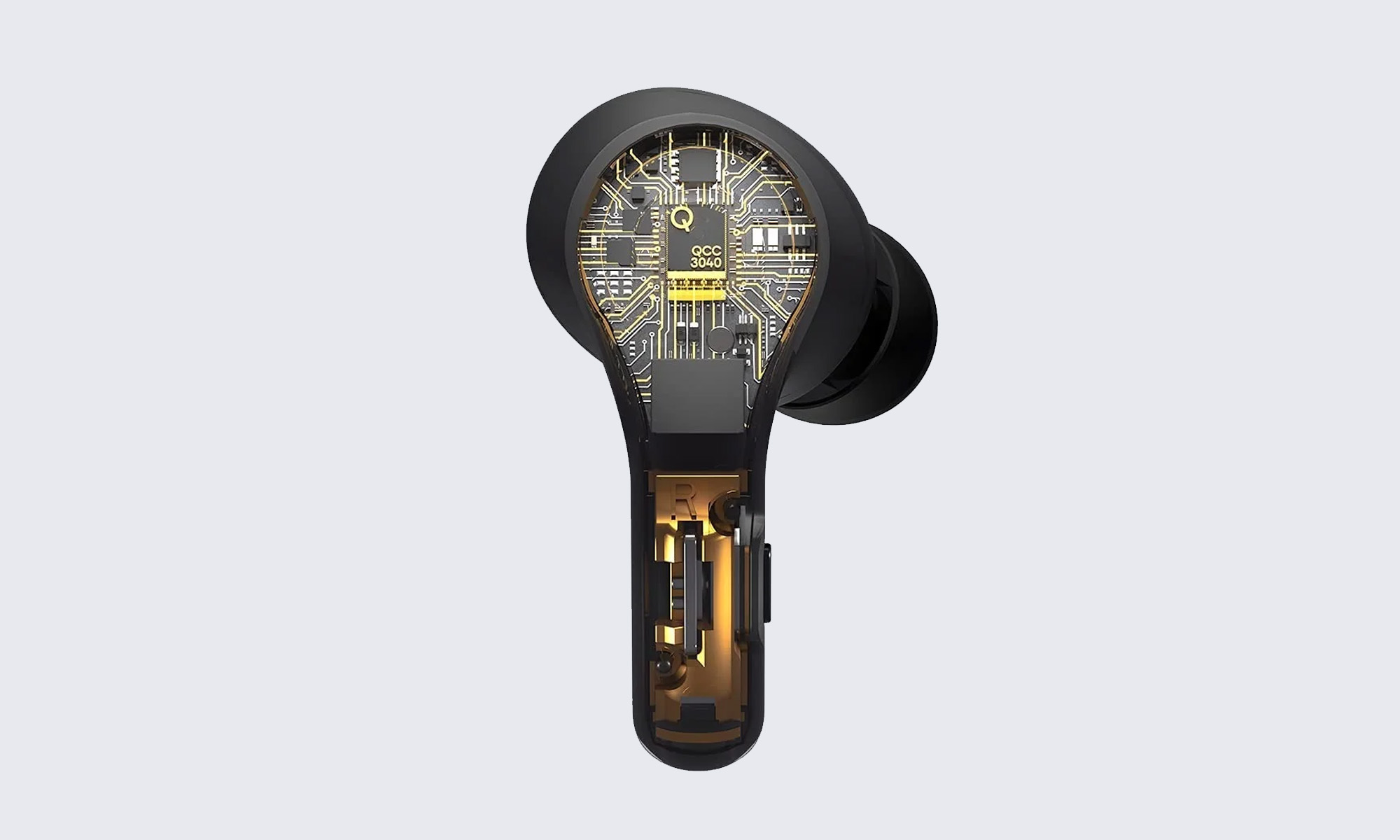
If there’s one thing that the Tribit FlyBuds C1 absolutely nails, it’s the sound quality. At the heart of these earbuds lies Qualcomm’s QCC3040 Bluetooth audio chipset, which supports Bluetooth 5.2 technology and Low Complexity Communications Codec (LC3).
These technologies ensure that even if you’re streaming audio that doesn’t boast the highest bitrate, you still get a sound quality that punches above its weight. But if your audio source does have a high bitrate, then the 6 mm dynamic drivers can truly shine.
The FlyBuds C1 certainly prioritize lows above other frequencies (a common theme among consumer-grade earbuds and headphones), but they do so without turning it into a one-man show.
Mid-range frequencies are slightly dialed back, but by no means lacking. Vocals come through with natural warmth and a lively presence — though they’re not as meticulously detailed as what you’d get from pricier competitors like the Sony WF-1000XM4.
The highs are well-behaved, offering sparkle without shrillness, although they might get a tad lost when the mix gets too busy. Equalization can help remedy this, but keep in mind that the earbuds don’t come with a dedicated app for in-depth sound customization, so you’re on your own here.
Noise Cancellation
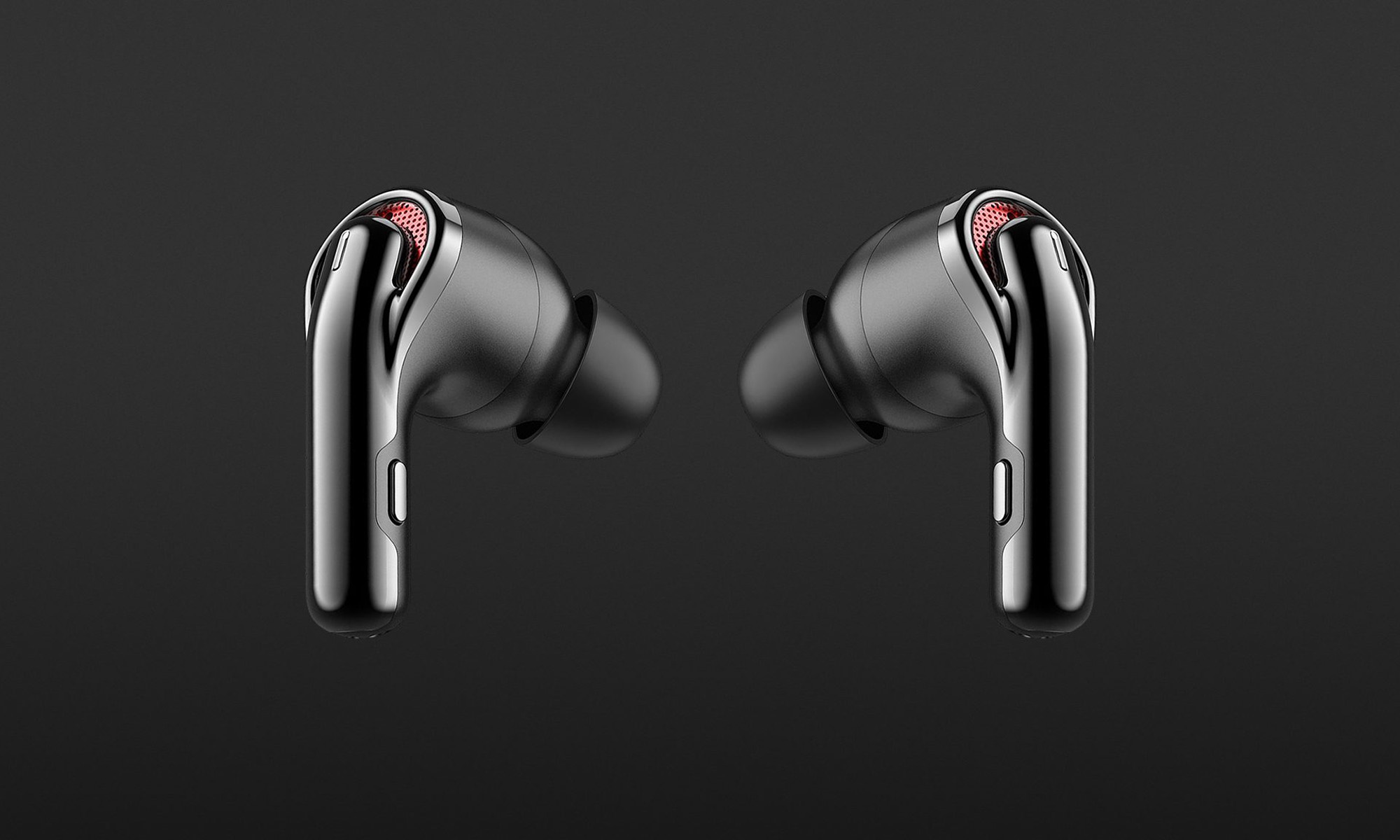
If you can’t imagine listening to music without active noise cancellation (ANC) protecting your listening experience from outside interference, then the Tribit FlyBuds C1 might not be the best choice for you because they rely entirely on passive noise isolation.
Sure, they manage to hush a good chunk of ambient noise — thanks, by the way, to their comfy silicone tips — but let’s be real, they can’t touch the level of noise attenuation you’d get from pricier competitors like the aforementioned Sony WF-1000XM4 or Apple’s AirPods Pro.
That said, life isn’t all bad without ANC. Crank up your favorite playlist and you’ll find the FlyBuds C1 effective enough to make passing cars and chatty neighbors feel like they’re whispering. Just don’t expect complete silence in a noisy coffee shop.
That said, it’s not a total loss on the noise-cancellation front. For calls, the FlyBuds C1 come equipped with Qualcomm’s cVc 8.0 noise cancellation tech. One mic’s job is to reduce background noise, while the other microphone amplifies your voice. The end result is usually excellent, but it has its “are you kidding me?” moments, particularly when dealing with sudden gusts of wind.
User Experience
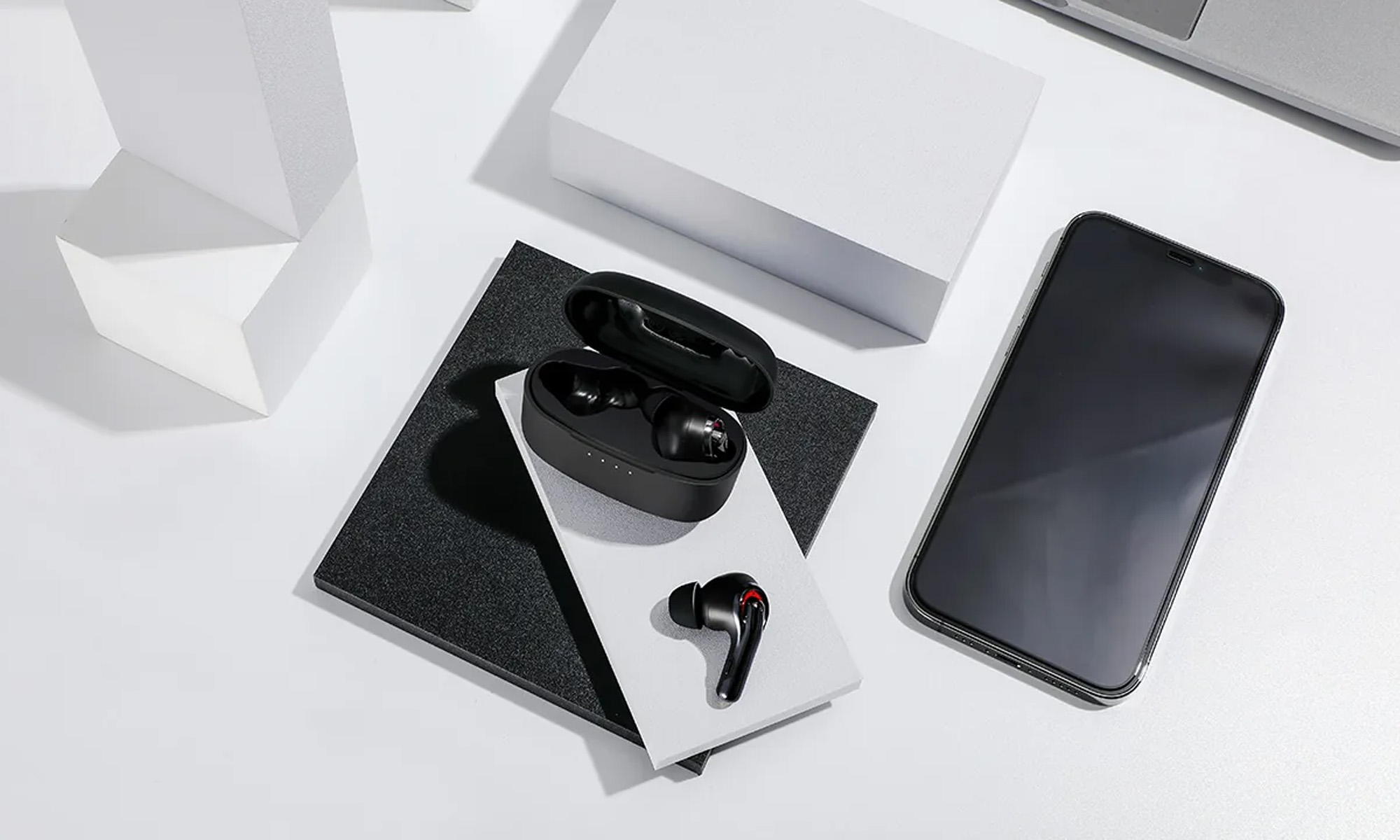
In terms of day-to-day usage, the Tribit FlyBuds C1 leave very little to be desired. Their IPX5 rating means that they can withstand sweat and light rain, making them an excellent companion for your morning jogs or even an impromptu dance in the rain. Of course, they won’t survive a plunge in the pool.
The pairing process is almost always hassle-free, with the earbuds automatically connecting to your phone as soon as you take them out of their case. Unfortunately, you can only pair them to one gadget at a time. It’s not a deal-breaker, but it’s something to consider if you’re juggling multiple devices.
The biggest enhancer of the overall user experience is the physical button located on each earbud. A single press on either bud will play or pause your music, while a double-click on the right or left will skip to the next or previous track, respectively. You can manage volume levels by simply pressing and holding the button on the respective sides. No need to reach for your phone. These earbuds also allow you to answer or reject calls and even activate your voice assistant.
However, the FlyBuds C1 miss out on one feature that could have made them nearly perfect: proximity sensors for auto play/pause. Many budget wireless earbuds available today offer this feature, and it’s hard to go back to anything less once you’ve had a taste of earbuds that automatically pause your music when you take them out and resume when you put them back in.
Battery Life
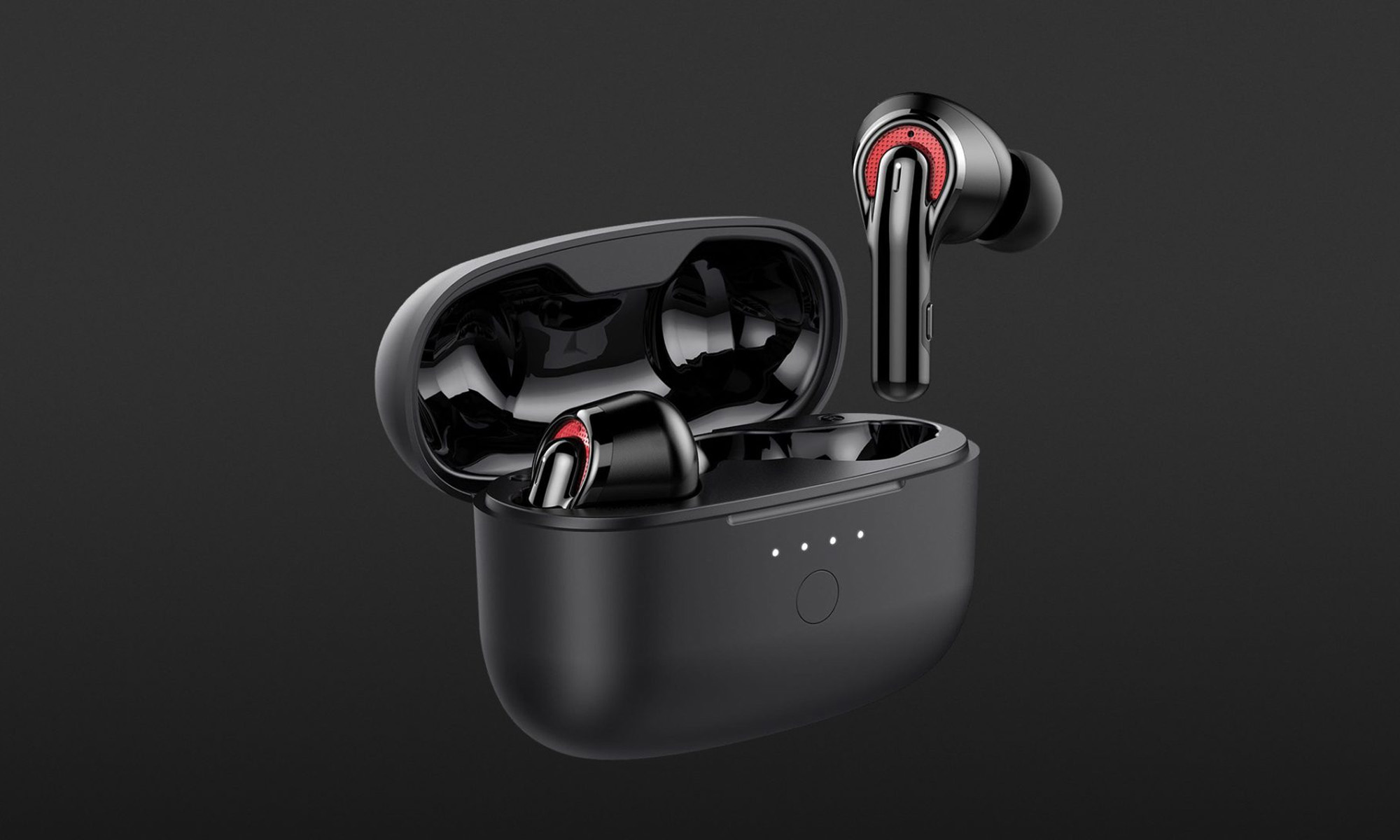
Let’s get to one of the most talked-about aspects of any wireless earbuds — the battery life. The company touts an impressive 50 hours of total playtime with the charging case, with each earbud being able to run up to 12 hours on a charge and the case providing four extra full recharges.
Now, how do these claims hold up in real-world usage? Pretty well, actually. In our tests, the earbuds managed close to 10 hours of playtime on a single charge, falling just a tad short of the official 12-hour claim but still putting many rivals to shame. That’s enough power to keep your playlist going for almost an entire workweek.
Once you finally run out of battery, you can expect to wait about 1.5 to 2 hours for a full charge of the earbuds and about 3 to 4 hours for the case itself.
Also, it’s worth mentioning that the earbuds and charging case only support USB-C charging — there is no wireless charging option available. So, if you’re someone who’s moved entirely to a wireless charging ecosystem, you may find this to be a slight inconvenience.
What’s In The Box
Inside the Tribit FlyBuds C1 box, you’ll find the earbuds in their charging case, five extra ear tip pairs, a USB-C cable, and a user manual — everything you need for a comfortable, easy-to-set-up listening experience.
Verdict: Excellent Value For Money
| Pros: | Cons: |
| Great sound quality with strong bass | No active noise cancellation |
| Affordably priced | Limited to single-device pairing |
| Superb battery life | No proximity sensors for auto play/pause |
| Comfortable fit | No wireless charging option |
| IPX5 water resistance | |
| Intuitive physical control buttons | |
| Support for Bluetooth 5.2 and LC3 |
In the overcrowded world of True Wireless Stereo (TWS) earbuds, the Tribit FlyBuds C1 manage to stand out by offering impressive sound quality, snug fit, and long-lasting battery life, and more while being more affordable than most competitors. While they lack some advanced features like active noise cancellation and proximity sensors, the FlyBuds C1 are a solid choice for those seeking high performance without the high price tag.
Product Reviews
UGREEN Nexode Pro Review: Portable Yet Powerful Chargers
The UGREEN Nexode Pro line of chargers shows that charging doesn’t have to be a hassle — you just need the right equipment.
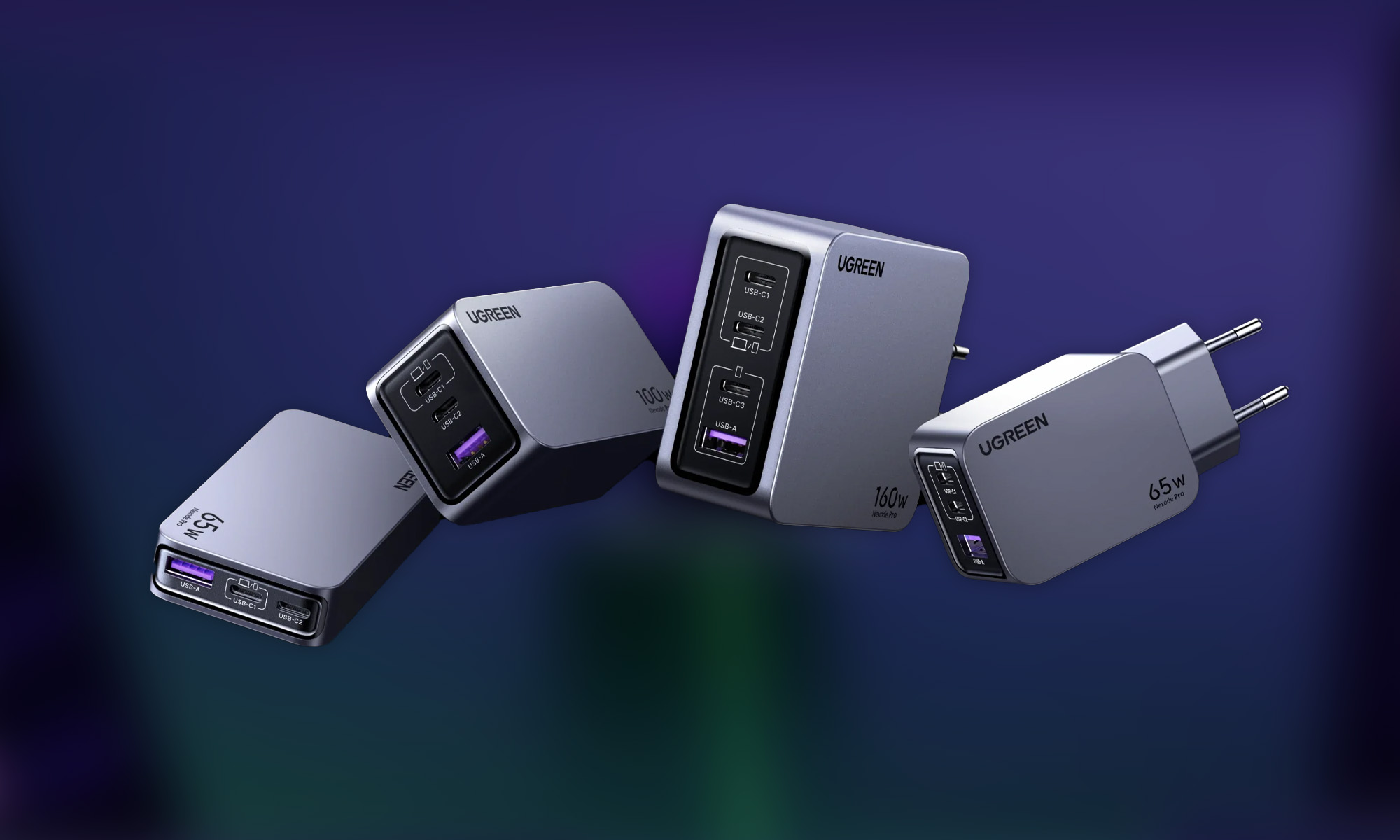
The adoption of the USB-C port by almost every device manufacturer has significantly simplified our charging needs by eliminating the hassle of carrying a plethora of cables. At the same time, it has introduced a layer of complexity with the advent of various fast charging protocols, which require specific power outputs to maximize charging efficiency.
Fortunately, there are companies like UGREEN and its Nexode Pro line of chargers, whose efficient use of the GaN II charging technology demonstrates that in the world of charging, much like in many areas of life, it’s not the size that counts, but how you use it.
Who Is UGREEN?
Established in 2012, UGREEN specializes in providing distinguished accessories and digital solutions for global consumers. UGREEN has steadily grown into a trustworthy brand with over 40 million users worldwide, providing products ranging from charging devices, phone, and computer accessories to home and automobile accessories.
A Charger For Every Occasion
The UGREEN Nexode Pro line of chargers consists of four compact yet powerful models.
Whether you’re prioritizing mobility, handling heavier laptops, or managing a whole arsenal of devices, there’s a Nexode Pro to fit seamlessly into your life.
| Nexode Pro 65W 3-Port GaN Mini Fast Charger | Nexode Pro 65W 3-Port Slim GaN Mini Fast Charger | Nexode Pro 100W 3-Port GaN Wall Fast Charger | Nexode Pro 160W 4-Port GaN Wall Fast Charger | |
| Ports: | 2x USB-C, 1x USB-A | 2x USB-C, 1x USB-A | 2x USB-C, 1x USB-A | 3x USB-C, 1x USB-A |
| Power Output: | Up to 65W | Up to 65W | Up to 100W | Up to 160W |
| Ideal For: | Mobile phones, tablets, laptops | Mobile phones, tablets, laptops (travel) | Laptops, mobile phones, tablets | Laptops, mobile phones, tablets |
| Design: | Compact | Ultra-Slim | Compact | Compact |
| Availability: | Available Now | May 2024 | Available Now | Available Now |
Let’s explore the individual options:
Nexode Pro 65W 3-Port GaN Mini Fast Charger
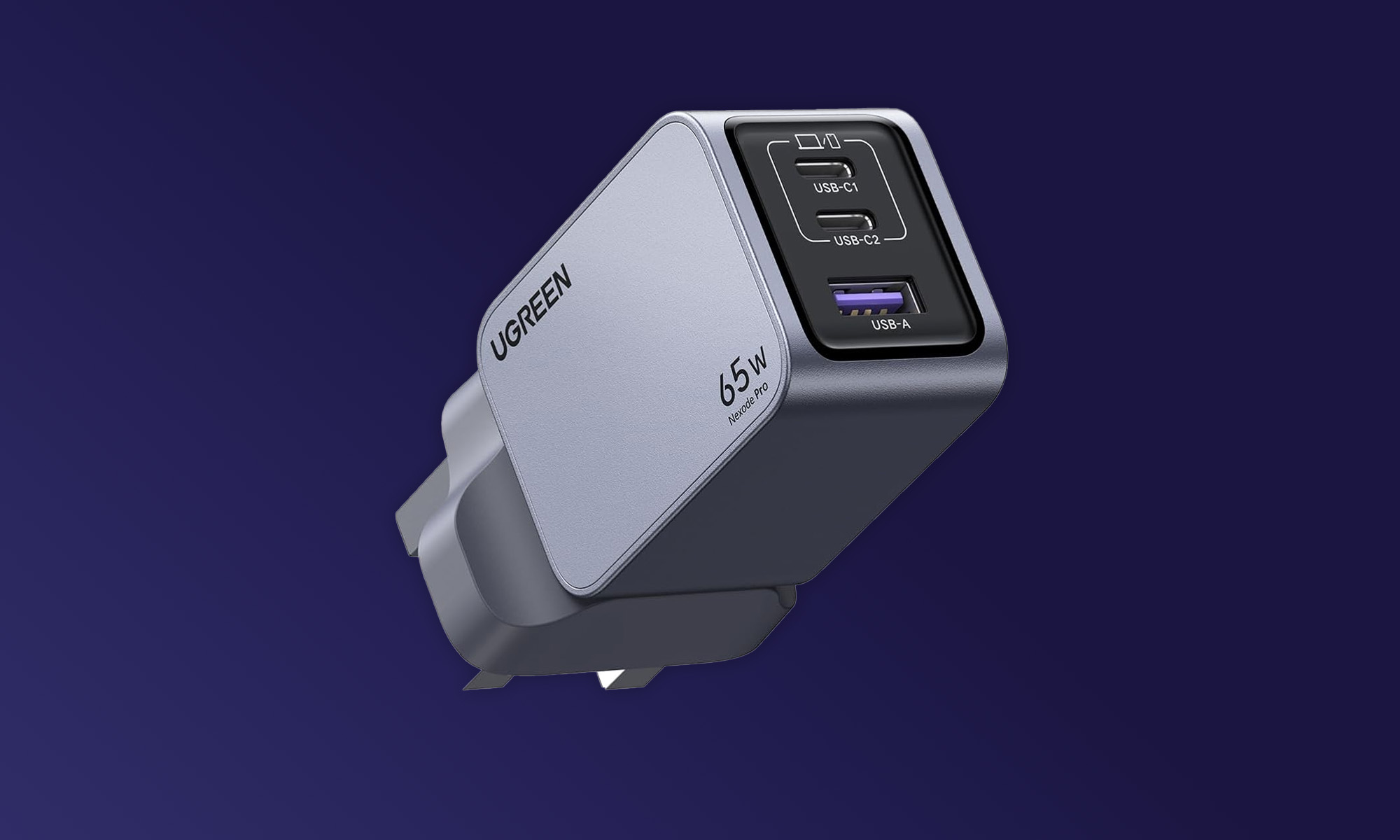
This charger has become my go-to option for fast-charging smartphones, tablets, and even smaller laptops. It packs incredible power density with its two USB-C ports and a single USB-A port to manage all your mobile essentials. When using a single port, you get the full 65W output, and the max single-port output remains pretty good (45W) even in multi-port scenarios.
Nexode Pro 65W 3-Port Slim GaN Mini Fast Charger
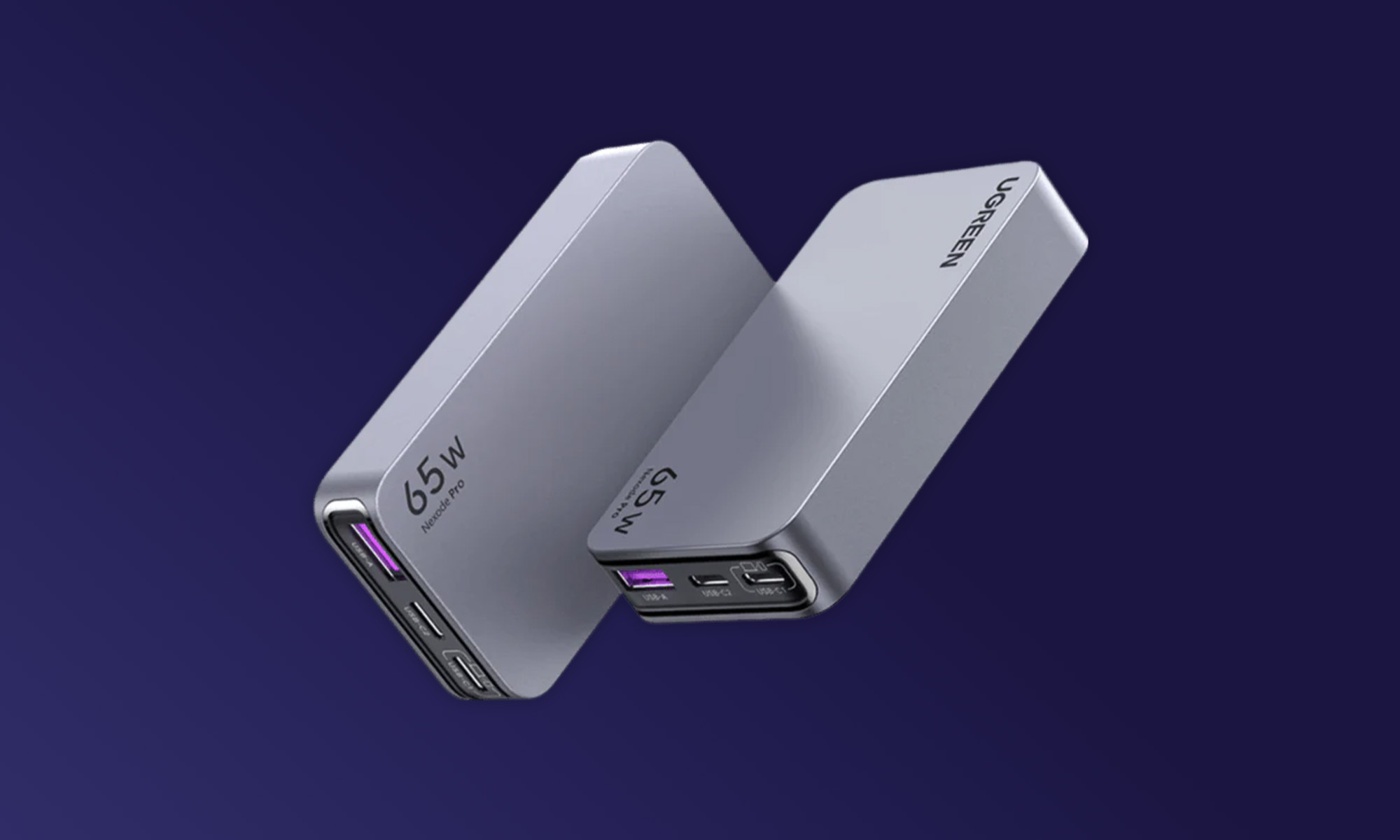
If you seek extreme portability, look no further. The flat profile of this Nexode Pro slips into any bag’s side pocket or laptop sleeve effortlessly. Just like the regular Nexode Pro 65W, it features three ports: two USB-C and one USB-A, providing the flexibility to charge multiple devices simultaneously. Another benefit of the slim design of this charger is that it prevents that annoying “droop” you get from some heavy chargers in loose outlets. The Slim model is expected to be available by mid-May.
Nexode Pro 100W 3-Port GaN Wall Fast Charger
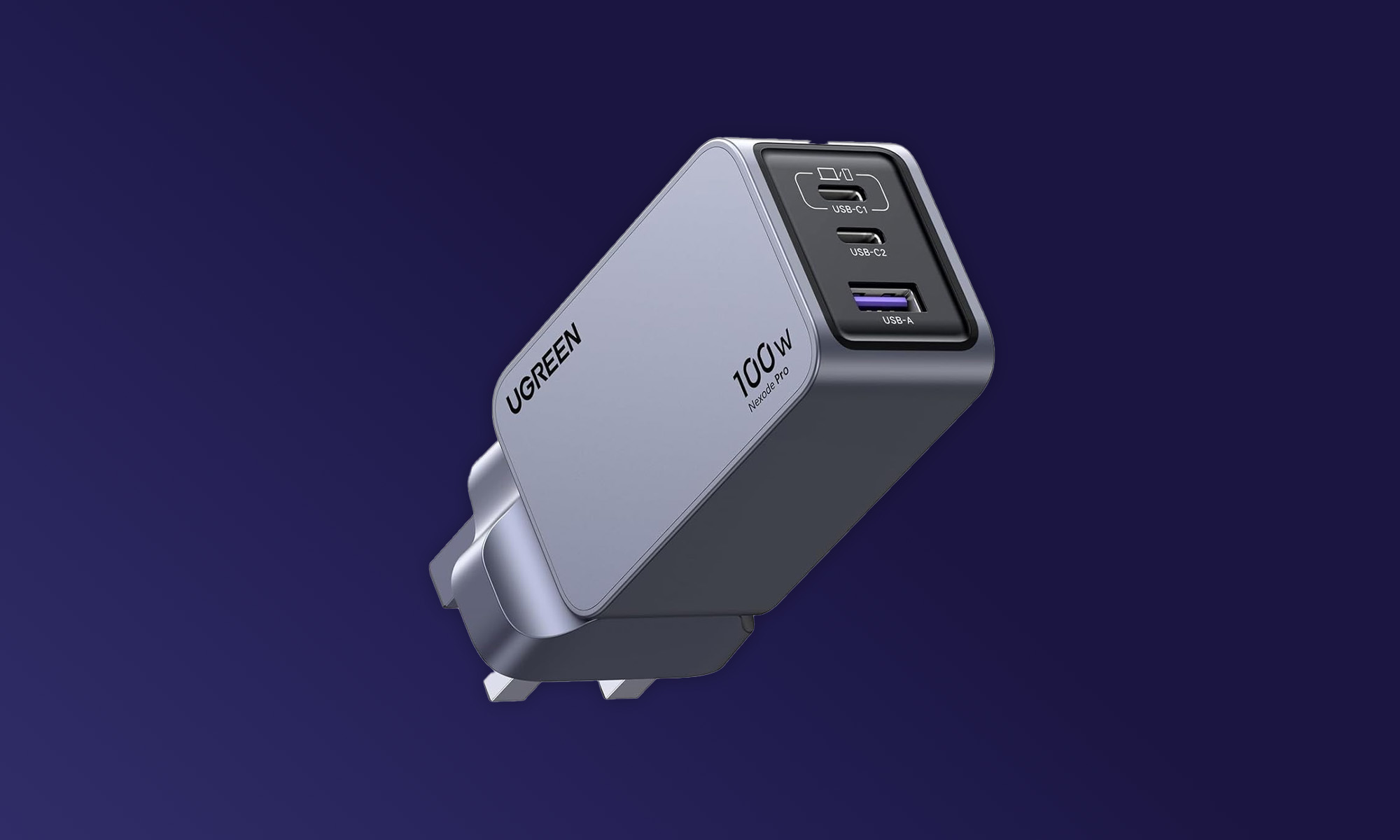
The Nexode Pro 100W 3-Port GaN Fast Charger is an all-rounder that doesn’t fail to impress with its balance of power and portability. Thanks to its 100W output, you can fast-charge a MacBook plus up to two mobile devices at the same time from its two USB-C ports and one USB-A port. The intelligent power distribution guarantees that all devices get the right amount of power at the right time.
Nexode Pro 160W 4-Port GaN Wall Fast Charger
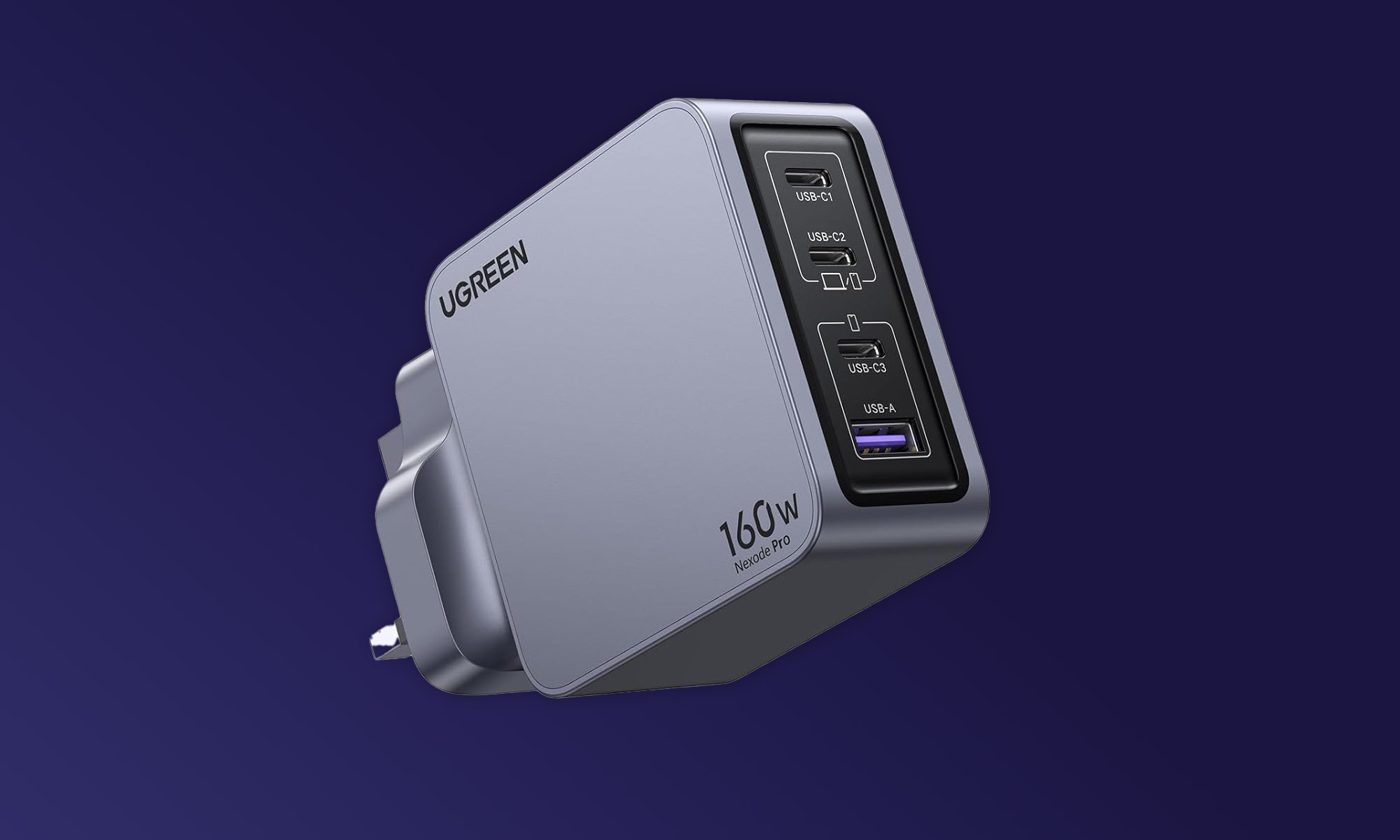
Finally, the Nexode Pro 160W 4-Port GaN Fast Charger is the powerhouse of the bunch. With a peak output of 160W and four ports, you can juice up two laptops alongside two more gadgets without breaking a sweat. The maximum single-port output of this charger is 140W, so the charger is a great choice for professionals, gamers, and tech enthusiasts who need to keep multiple high-power devices charged and ready at a moment’s notice.
Features And Performance
At the heart of every Nexode Pro charger is GaN II technology. To keep it simple, Gallium nitride (GaN) is a next-generation semiconductor material rapidly replacing the traditional silicon found in older chargers.
It revolutionizes charger design for a few reasons. First, GaN allows chargers to shrink without sacrificing power output. Second, it’s far more efficient at transferring energy, so less is wasted as heat. It’s the reason I can comfortably toss a high-output Nexode Pro model in my bag without ever worrying about things getting toasty.
Another hallmark of the Nexode Pro series is the comprehensive protection against over-voltage, over-temperature, and short circuits built into every charger. It’s a relief knowing that these devices are working intelligently to safeguard my valuable electronics from common dangers that can lead to terribly costly charging accidents.
As far as the performance of the Nexode Pro line of chargers goes, each of the four charges shines in its own way. The two 65W models in the Nexode Pro line might not sound overly impressive, they still pack a good punch. If I plug a single device into the right port, the charger dishes out the full 65W. That translated to bringing my almost drained MacBook Air 13″ M2 to a comfortable 51% battery in roughly 30 minutes.
The 100W option steps up the game considerably. I’ve found it’s the perfect balance when needing to keep a laptop powered while charging other devices. It effortlessly brought my MacBook Pro 14″ to 50% charge within 27 minutes. You really appreciate those watts when a demanding workload is draining your laptop faster than a budget charger can keep up, or when you find out that your battery is nearly empty right before an important presentation.
Charging a MacBook Air from 0% to 50% in around 30 minutes is great, doing the same with MacBook Pro is impressive, and being able to bring a 16-inch MacBook Pro to half charge in the same timeframe is absolutely phenomenal. That’s exactly what the 160W model is capable of if you take full advantage of its 140W PD 3.1 fast charging capability. What’s more, the charger is able to output up to 100W from its USB-C port even in all two-port and some three-port charging scenarios.
Pricing
Let’s address the elephant in the room: The UGREEN Nexode Pro lineup leans towards the premium side of the charger market. The priciest of the bunch, the slim 65W charger, demands a particularly hard look as the power output limitations don’t fully justify the cost in my opinion.
Here’s the breakdown of the regular MSRP (non-discounted) prices:
- Nexode Pro 65W 3-Port GaN Mini Fast Charger: $55.99
- Nexode Pro 65W 3-Port Slim GaN Mini Fast Charger: $119.99
- Nexode Pro 100W 3-Port GaN Fast Charger: $74.99
- Nexode Pro 160W 4-Port GaN Fast Charger: $119.99
It’s worth noting that discounts are regularly available on UGREEN’s website and through other retailers, potentially softening the blow to your wallet.
This ultimately raises the question of value. While there’s no denying the performance and quality of the Nexode Pro chargers, you need to decide if the extra cost aligns with your priorities and budget. If keeping your devices protected and maximizing charging efficiency are major factors, the quality might well justify the expense.
Verdict
I’ve been thoroughly impressed with the UGREEN Nexode Pro chargers during my testing period. They provide the flexibility and raw power required by today’s tech-heavy lifestyles. However, premium features come at a premium price. While more affordable GaN charging alternatives exist, they might lack the same polish and robust protection suites built into the Nexode Pro line.
Pros:
- Compact form factor (even the most powerful 160W model)
- Blazing-fast charging speeds and smart charge distribution
- Built-in safeguards protect your valuable devices
- Flexible charging options for various device setups
Cons:
- Pricier than some similarly-specced competitors
Ultimately, if you value reliable performance, advanced protection, and the freedom to charge numerous devices with ease, the UGREEN Nexode Pro chargers might be well worth the investment. If budget is a greater concern, there are solid but less advanced alternatives to consider.




